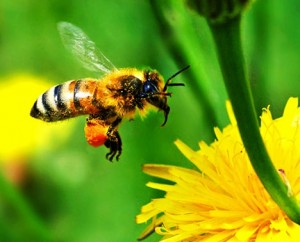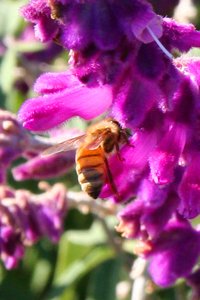 Honey bees, like all other living things, display various distinctive traits such as temperament, disease resistance and productivity. The environment of course has a large effect on differences among bee colonies (for example, plants in different areas yield different honey crops), but the genetic makeup of a colony can also impact the characteristics that define a particular group. Beekeepers have long known that different genetic stocks have distinctive characteristics, so they have utilized different strains to suit their particular purpose, whether it be pollination, a honey crop or bee production.
Honey bees, like all other living things, display various distinctive traits such as temperament, disease resistance and productivity. The environment of course has a large effect on differences among bee colonies (for example, plants in different areas yield different honey crops), but the genetic makeup of a colony can also impact the characteristics that define a particular group. Beekeepers have long known that different genetic stocks have distinctive characteristics, so they have utilized different strains to suit their particular purpose, whether it be pollination, a honey crop or bee production.
Any generalities about a particular stock should of course be treated with caution, since there are always exceptions to the rule. Nonetheless, the long and vast experience of beekeepers allows some oversimplifications to be made in order to better understand the different types of bees available.
The following articles will give you more information on the different strains of honey bees and hybrids, including the ongoing research and development of disease and parasite (including varroa) resistant strains.
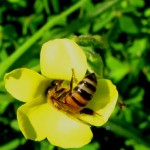 Major Honey Bee Strains
When ordering bees for the first time new beekeepers may be faced with the decision of which strain or race of bee to order. Honey bees in the United States and most of Europe are a heterogeneous blend of several strains, originating from Europe, the Middle East and Africa.
Major Honey Bee Strains
When ordering bees for the first time new beekeepers may be faced with the decision of which strain or race of bee to order. Honey bees in the United States and most of Europe are a heterogeneous blend of several strains, originating from Europe, the Middle East and Africa.
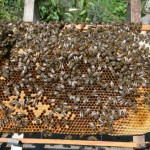 Hybrid Honey Bees
Hybrid bees are produced by crossing several lines or strains of honey bees. This is usually done with the aim of increasing honey productivity and controlling temperament.
Hybrid Honey Bees
Hybrid bees are produced by crossing several lines or strains of honey bees. This is usually done with the aim of increasing honey productivity and controlling temperament.
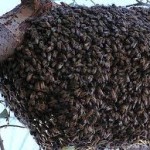 Killer Bee Fact and Fiction
The Africanised honey bee or ‘Killer bee’ is widely feared by the public, a reaction that has been encouraged by sensationalist movies and exaggerated media reports.
Killer Bee Fact and Fiction
The Africanised honey bee or ‘Killer bee’ is widely feared by the public, a reaction that has been encouraged by sensationalist movies and exaggerated media reports.
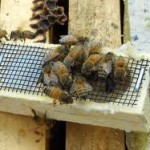 Russian Hybrid Honey Bees
Russian Hybrid Honey Bees are one of the newer bee stocks in the U.S. The Department of Agriculture’s Honey Bee Breeding, Genetics and Physiology Laboratory in Baton Rouge, Louisiana have produced queens derived from bees found on the far eastern side of Russia.
Russian Hybrid Honey Bees
Russian Hybrid Honey Bees are one of the newer bee stocks in the U.S. The Department of Agriculture’s Honey Bee Breeding, Genetics and Physiology Laboratory in Baton Rouge, Louisiana have produced queens derived from bees found on the far eastern side of Russia.
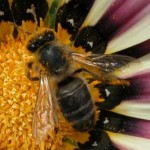 German Black Bees
Honey bees are not native to the New World, although North America has about 4,000 native species of bees. Honey bees were brought to America in the 17th century by the early European settlers.
German Black Bees
Honey bees are not native to the New World, although North America has about 4,000 native species of bees. Honey bees were brought to America in the 17th century by the early European settlers.
